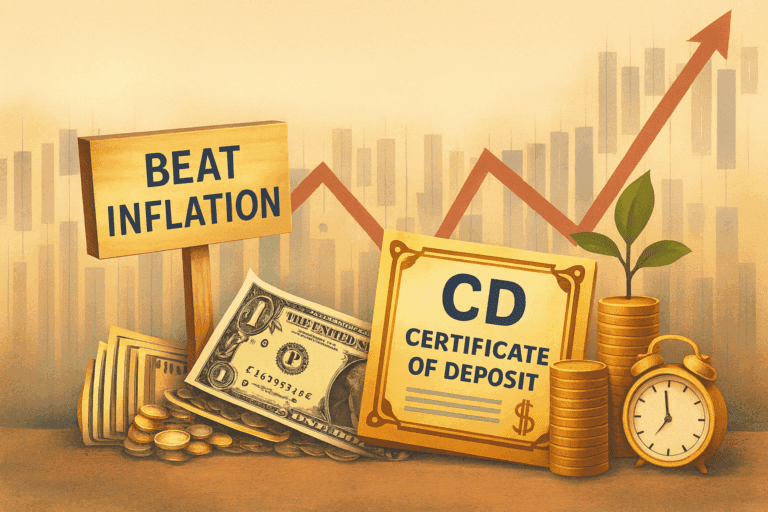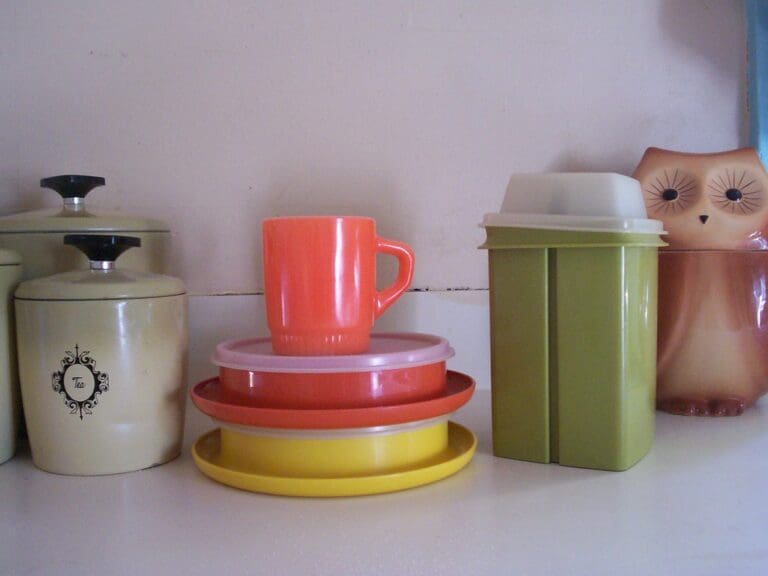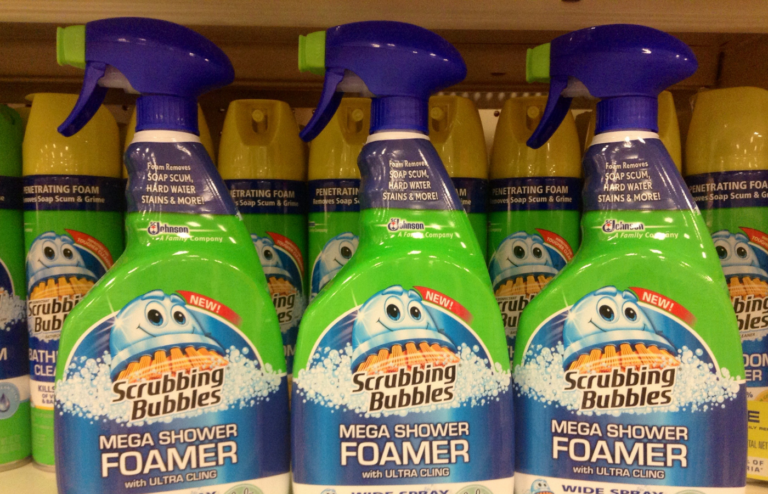When it comes to home improvements, not all renovations are created equal, especially in terms of boosting resale value. While personalizing your living space can make it more enjoyable for you, it’s important to approach home upgrades with a strategic mindset.
This article highlights common home improvement mistakes that can inadvertently lower your home’s market value, equipping you with the knowledge to make informed decisions that align with broader buyer preferences.
15. Adding Bespoke or Niche Features
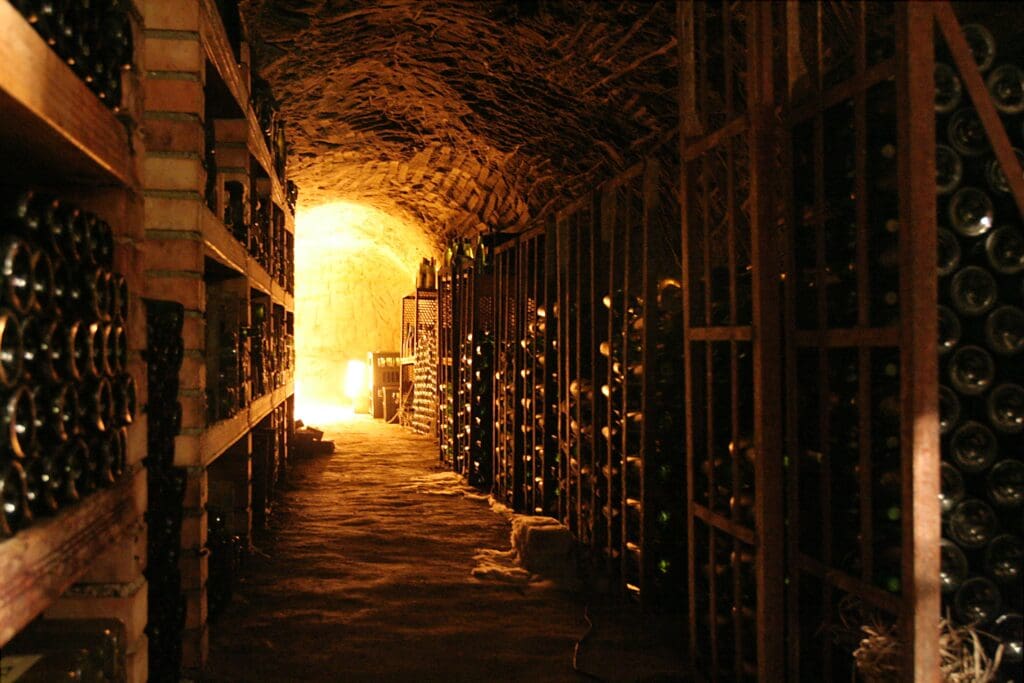
While custom features can make your home unique, overly personalized additions may hurt resale value. Niche elements like wine cellars, indoor basketball courts, or elaborate home theaters often don’t appeal to the average buyer. Instead, focus on versatile upgrades that enhance functionality and appeal to a broader market.
14. Following Short-Lived Design Trends
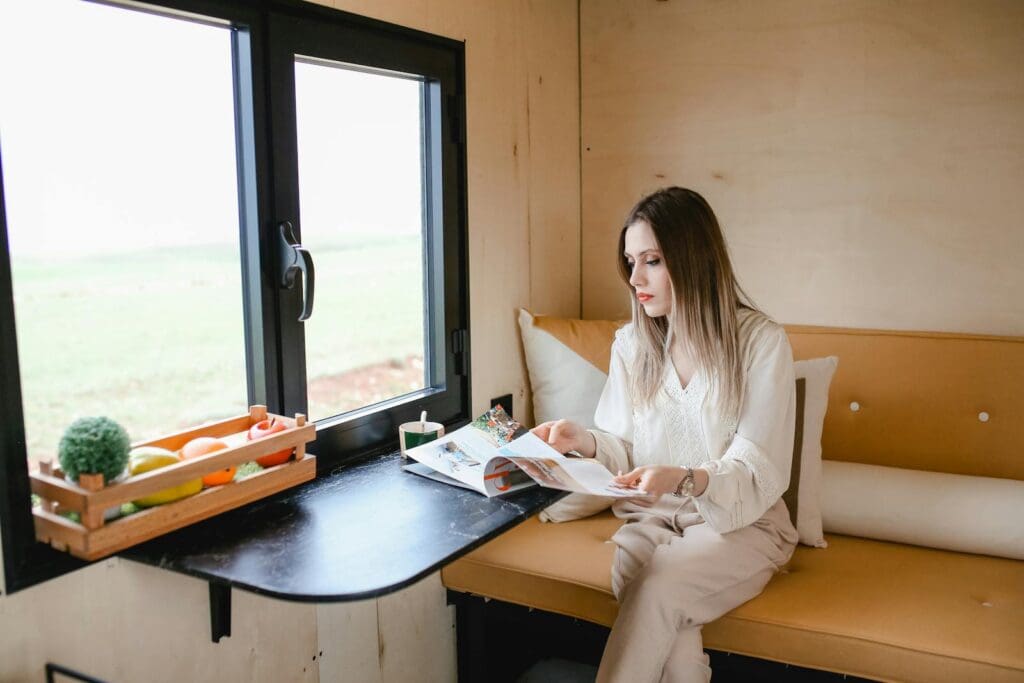
Chasing fleeting design fads can be costly and quickly date your home. Trends like color-drenched rooms, bold cabinet colors, and open shelving may seem appealing now but can be difficult to maintain and may not age well. Instead, opt for timeless designs that will stand the test of time and provide lasting value to your home.
13. Investing in Invisible Upgrades
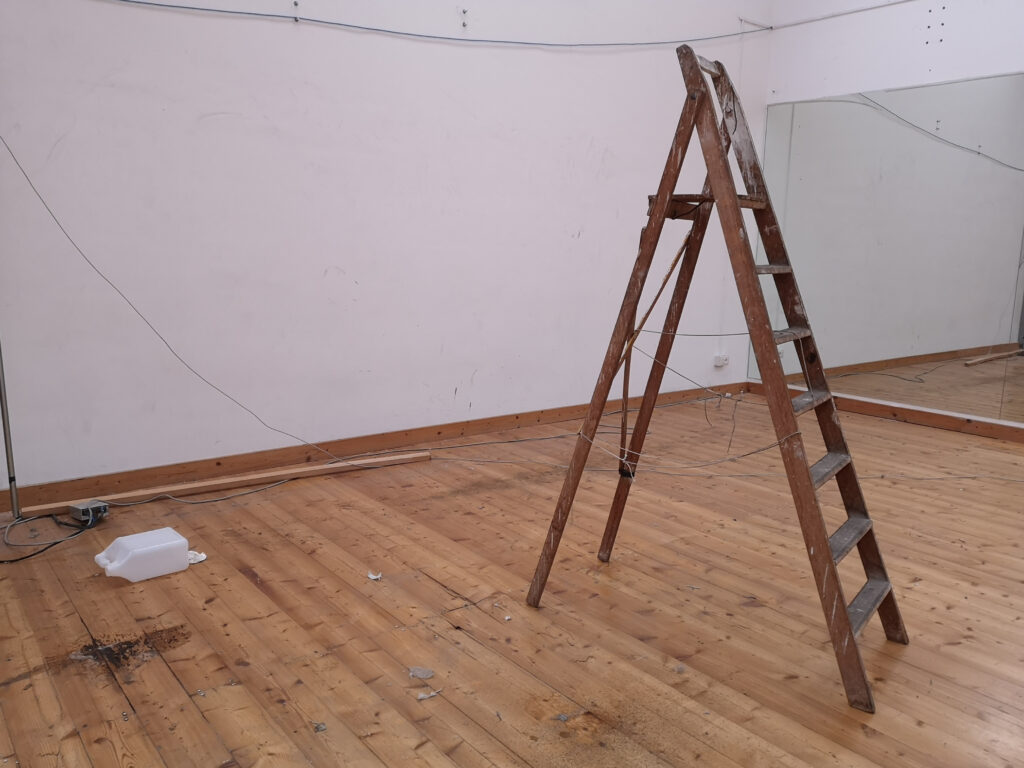
While upgrading electrical panels, adding insulation, or replacing worn-out pipes can improve your home’s efficiency, these invisible improvements often go unnoticed by potential buyers. Despite their practical benefits, these costly upgrades rarely increase your home’s resale value significantly. Focus on visible improvements that offer both functionality and aesthetic appeal for better returns.
12. Installing Wall-to-Wall Carpeting
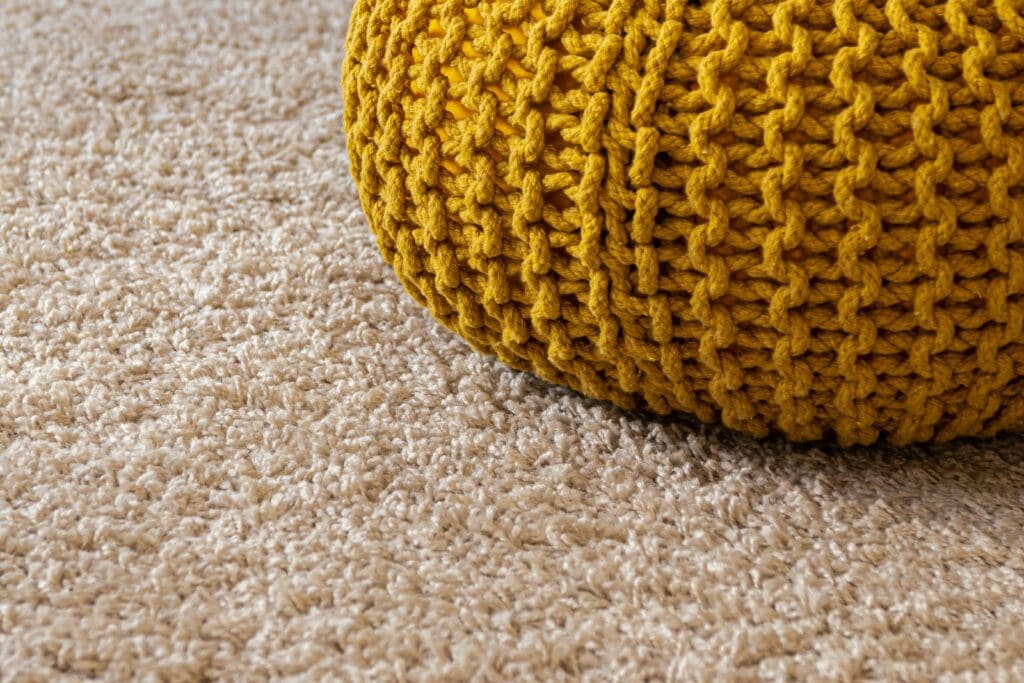
While wall-to-wall carpeting is making a comeback in bedrooms, it’s not a wise investment for most homes. It’s expensive to install, difficult to maintain, and can trap allergens. Hardwood floors or luxury vinyl planks offer more versatility and better resale value. Consider area rugs for warmth and style instead.
11. Adding Sunrooms or Conservatories
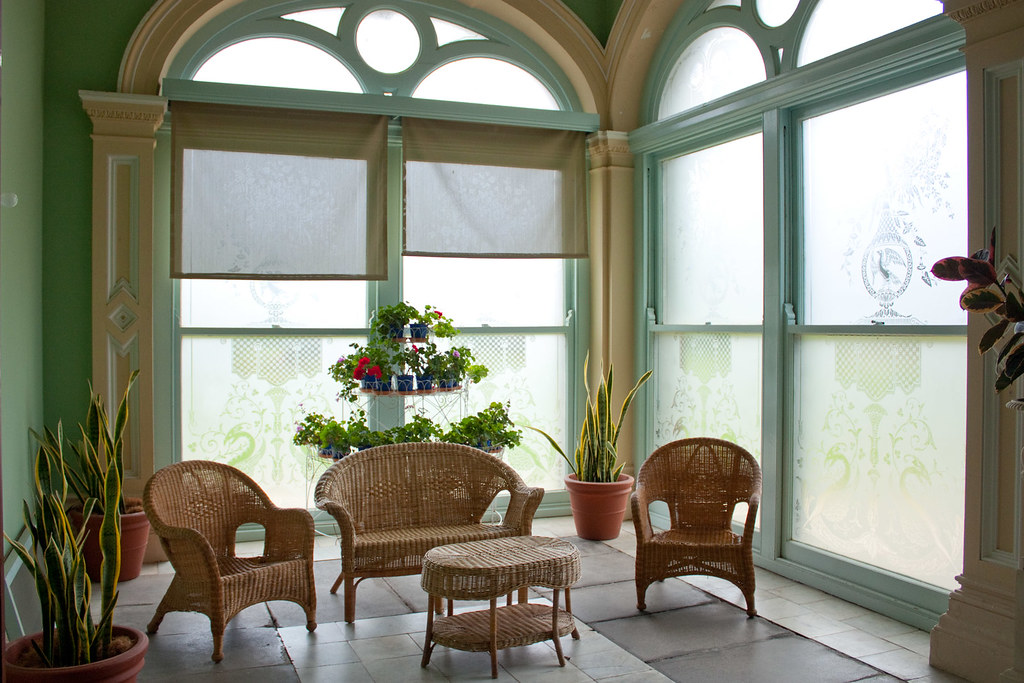
While sunrooms and conservatories can add extra living space, they often don’t provide a good return on investment. These additions can cost between $30,000 to $80,000 for a four-season room, yet only recoup 50-80% of their cost in home value. They may also increase energy bills and require frequent maintenance.
10. Overspending on High-End Appliances

While luxury appliances offer advanced features and sleek designs, they may not provide significant value for most homeowners. High-end models often come with hefty price tags but don’t necessarily outperform mid-range options in terms of reliability or energy efficiency. Consider your actual needs and usage before splurging on premium appliances.
9. Extensive Landscaping with High Upkeep
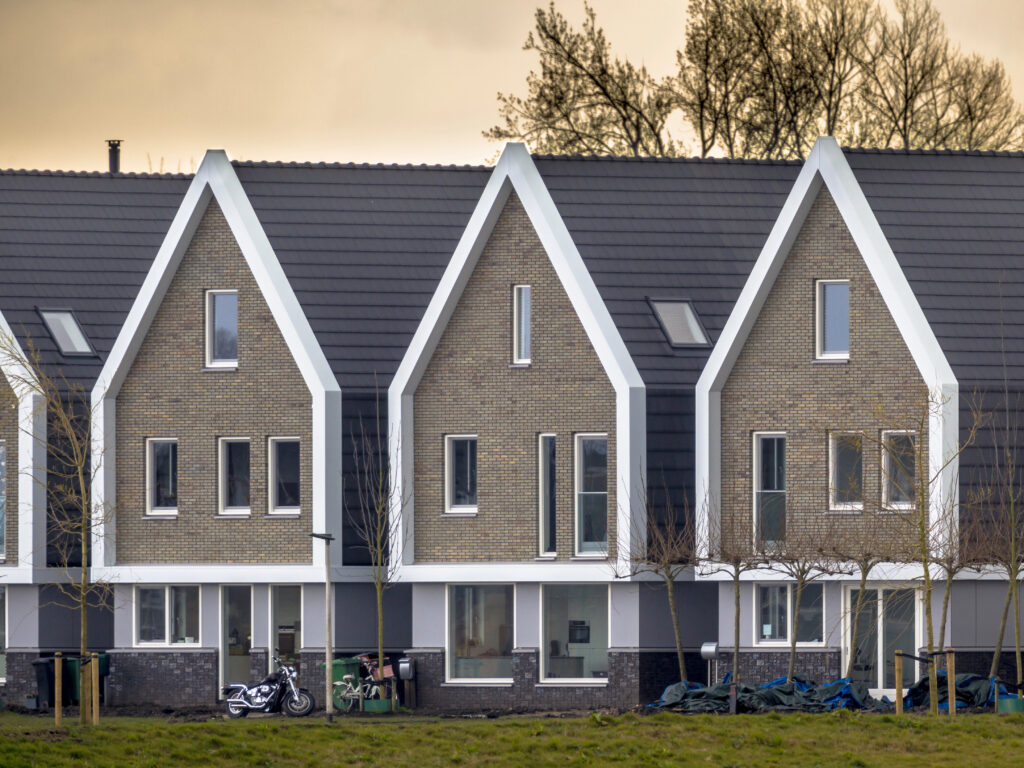
While beautiful, elaborate landscaping can be a money pit. Professional maintenance costs $100-$200 monthly on average, with large yards reaching $300. Complex designs with water features or exotic plants require even more care. Instead, opt for low-maintenance native plants and simple, elegant designs that enhance curb appeal without breaking the bank.
8. Installing a Swimming Pool
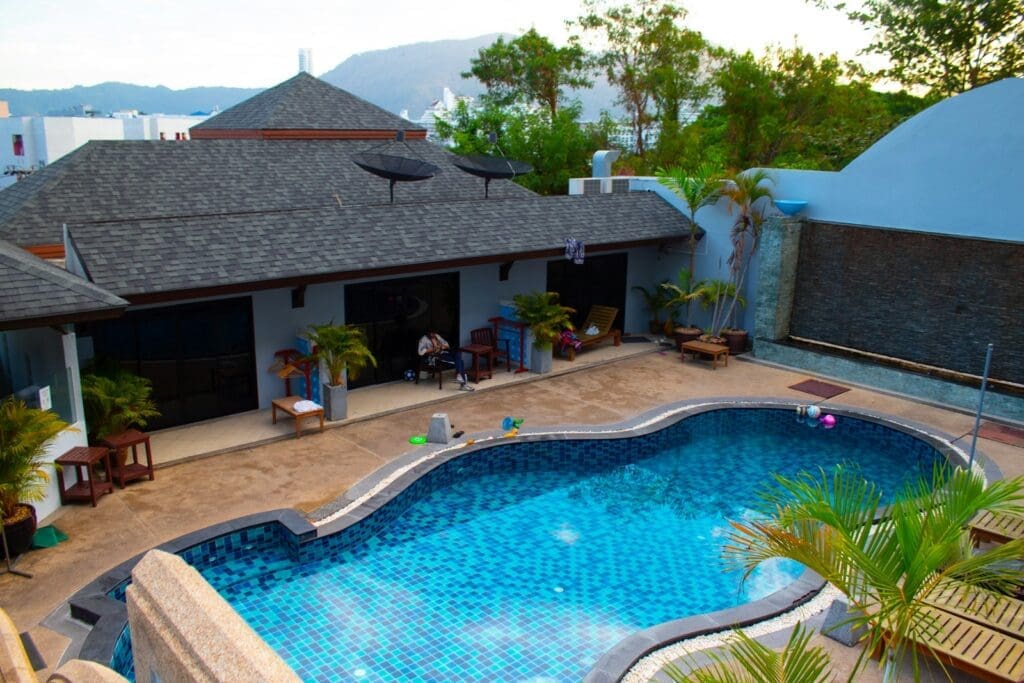
While a pool may seem like a luxurious addition, it’s often not worth the investment. The average cost of an inground pool ranges from $25,000 to $100,000, with ongoing maintenance expenses of $1,000 to $2,000 annually. Pools rarely increase property value and can be a liability. Consider alternatives like a spa or outdoor entertainment area for better returns.
7. Removing Closets or Storage Space
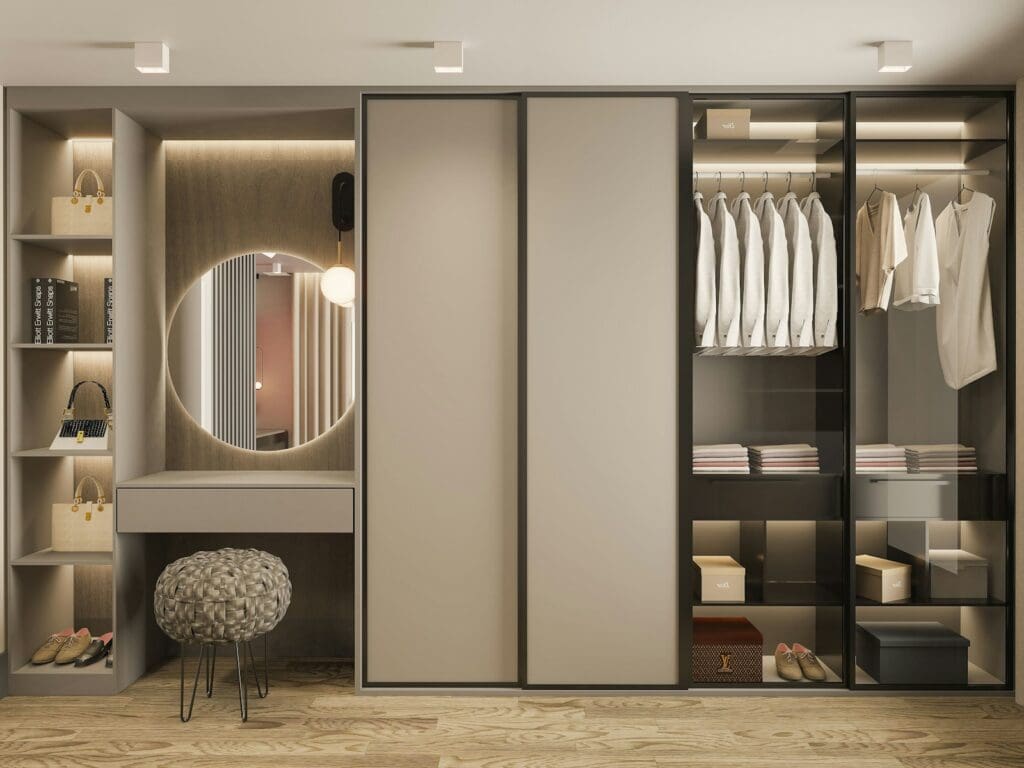
Eliminating closets or storage spaces to create larger rooms can significantly decrease your home’s value. Buyers prioritize ample storage, and removing these essential areas limits appeal. Instead of removing closets, consider optimizing existing spaces with custom organization systems to maximize functionality without sacrificing storage capacity.
6. Expanding the Master Suite at the Expense of Other Rooms
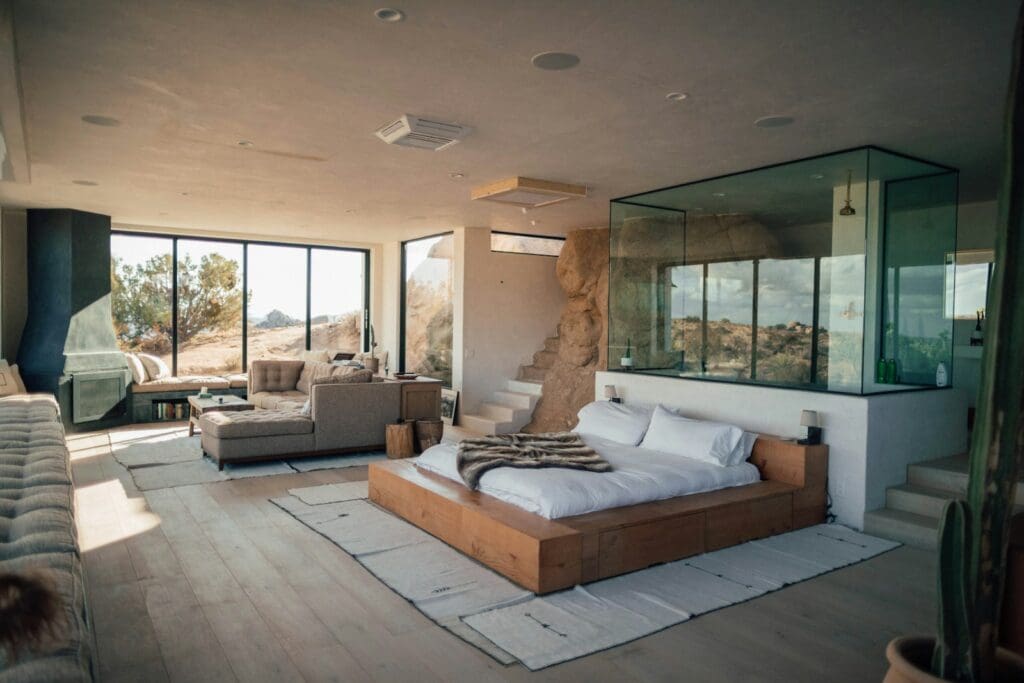
While a spacious master suite is desirable, sacrificing other rooms to achieve it can be counterproductive. Oversized master suites may reduce overall home value by eliminating bedrooms or living spaces. Instead, focus on efficient design and smart storage solutions to maximize existing space without compromising functionality.
5. Excessive Smart Home Technology Integration
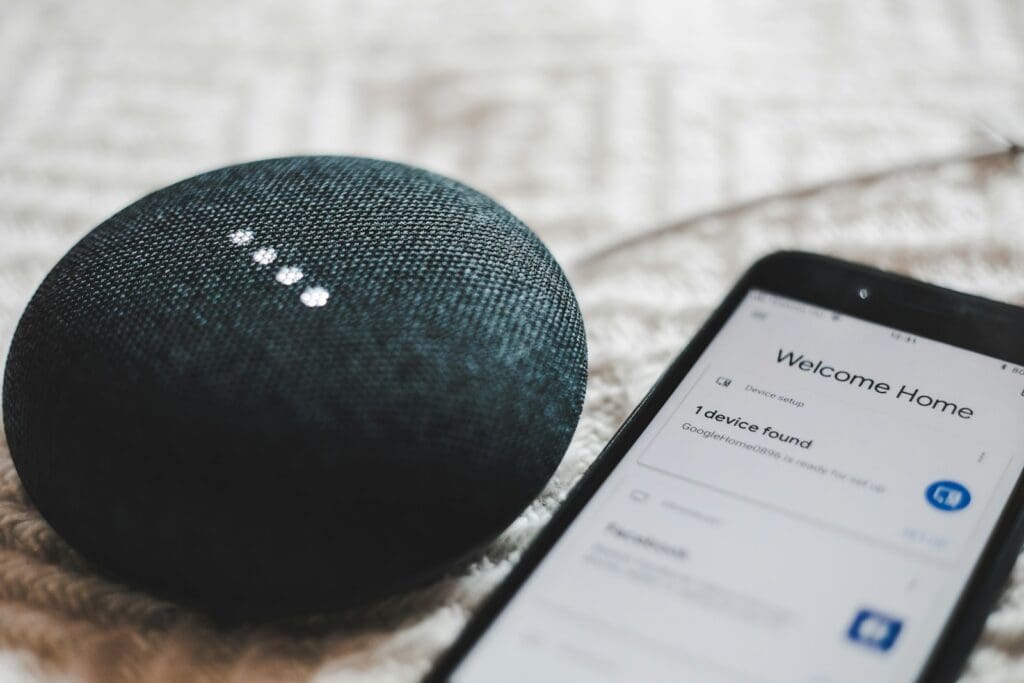
While smart home devices offer convenience, overinvesting in them can be costly and problematic. Integration issues between different brands, potential security vulnerabilities, and rapid obsolescence make excessive smart home tech a risky investment. Focus on essential smart features that genuinely improve your daily life rather than creating a fully automated home.
4. Converting Essential Spaces into Specialty Rooms
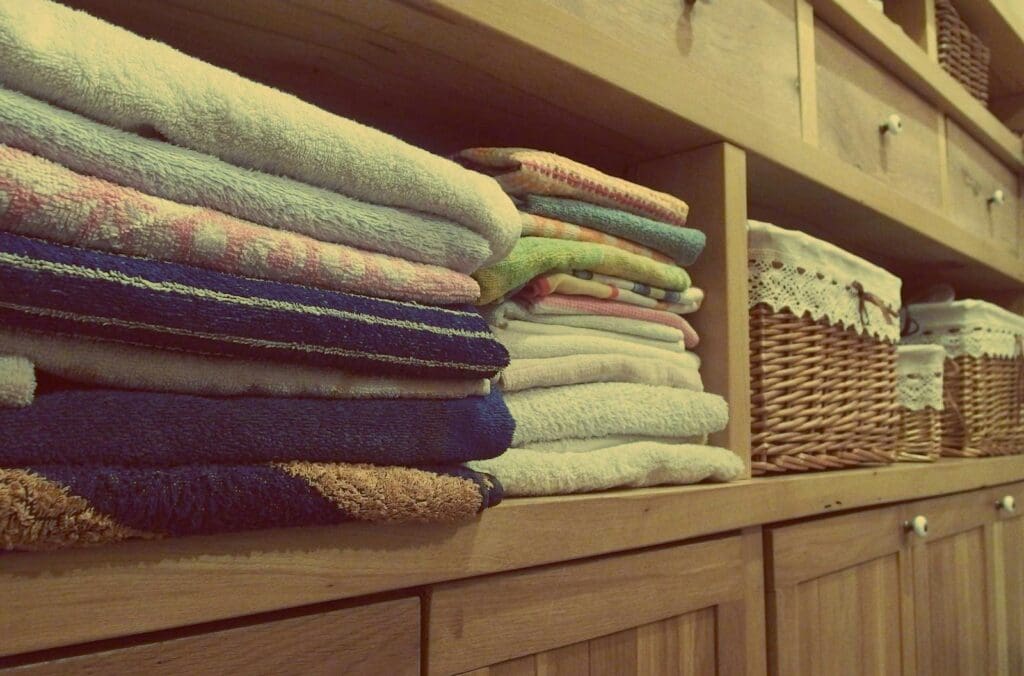
Transforming essential spaces like dining rooms or spare bedrooms into highly specialized rooms (e.g., wine cellars or meditation spaces) can limit your home’s functionality and appeal to potential buyers. While these conversions may suit your current lifestyle, they often require significant investment and can be costly to revert, potentially decreasing your home’s overall value.
Read More: 10 DIY Projects Most Likely To Lower Your Home’s Value
3. Overly Personalized Design Choices
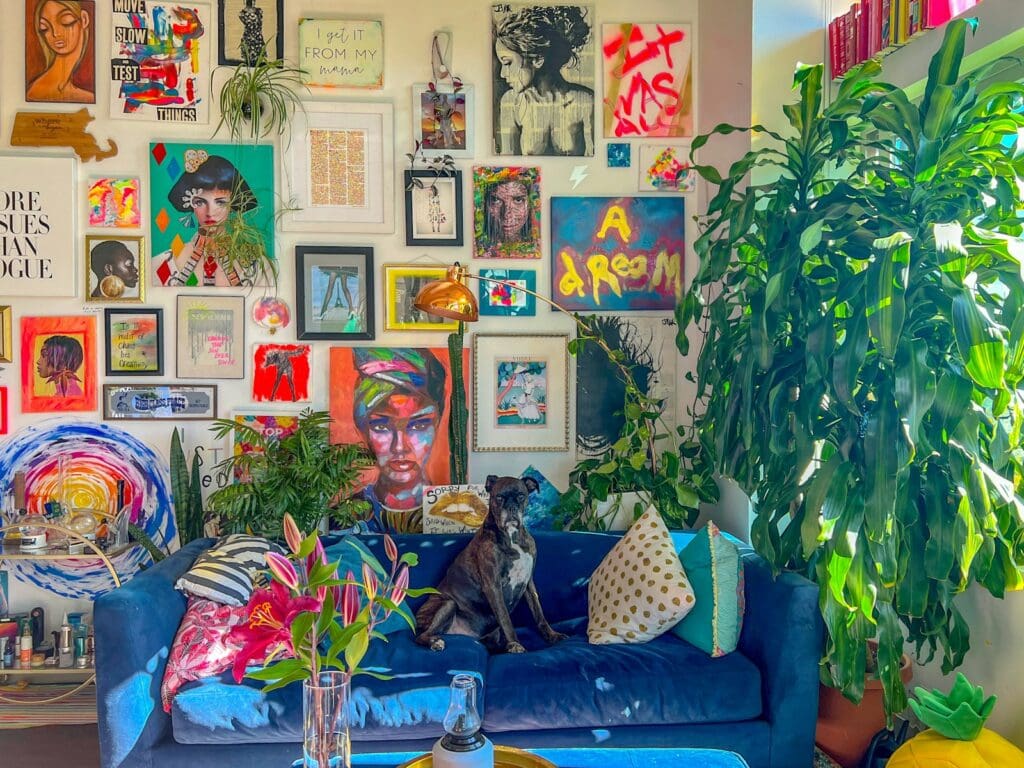
While personalization is key in creating a comfortable home, overly niche or trendy design choices can hurt resale value. Avoid permanent fixtures like bold-colored tiles or unconventional layouts that may not appeal to future buyers. Instead, opt for timeless designs and express personality through easily changeable decor items.
Read More: On a Budget? Here are 30 Cheap Ways to Spruce Up Your Home
2. High-Maintenance Outdoor Living Areas
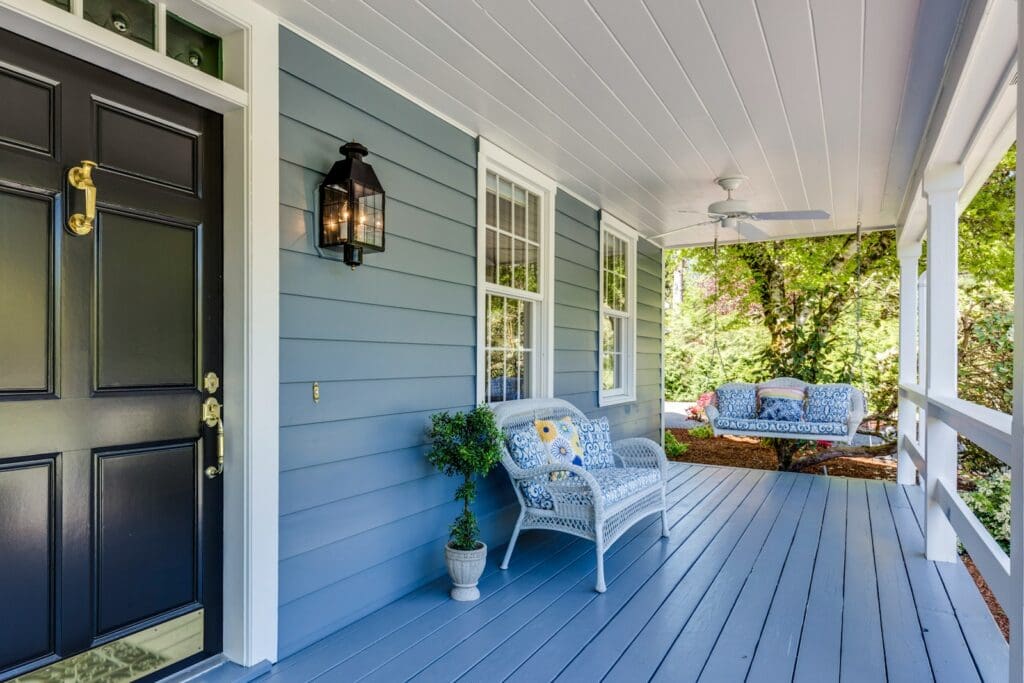
Elaborate outdoor living spaces with intricate landscaping, water features, and extensive hardscaping can be costly to maintain. While they may look impressive, these areas often require significant time and money for upkeep. Consider low-maintenance alternatives that still provide enjoyment without the hefty ongoing expenses.
Read More: 30 DIYs to Increase Your Home’s Value
1. Over-the-Top Luxury Kitchen Upgrades
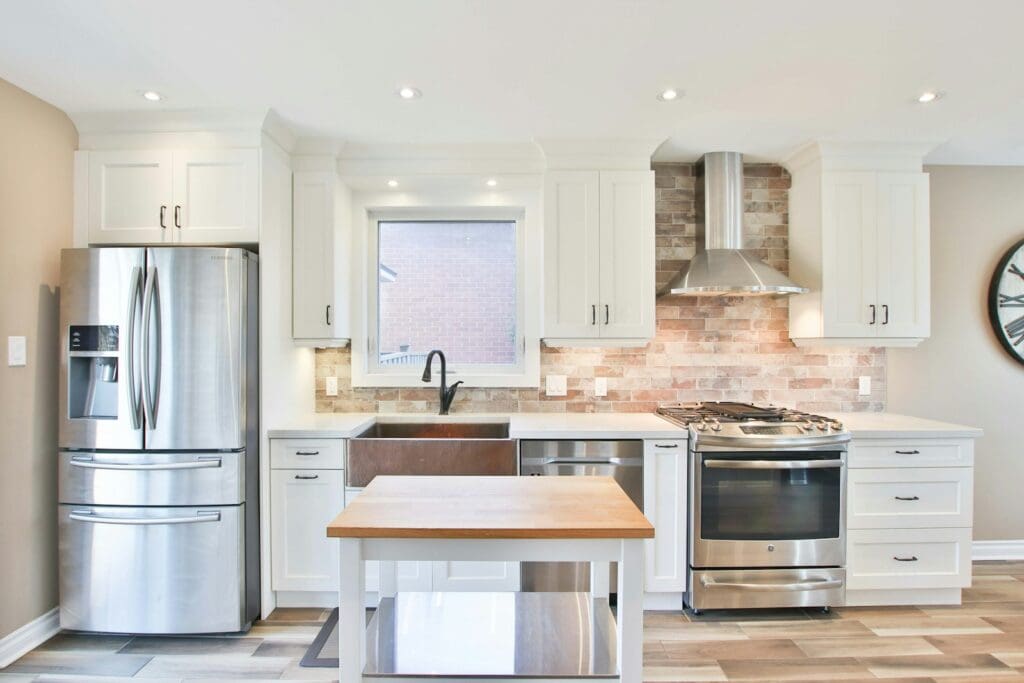
While a kitchen remodel can boost home value, excessive luxury upgrades often don’t yield a good return on investment. High-end appliances, custom cabinetry, and imported materials may look impressive, but they can quickly become dated and may not appeal to all buyers. Focus on practical, timeless improvements instead for better value.
Read More: How to Increase Your Home Value: A Guide to Home Improvement


